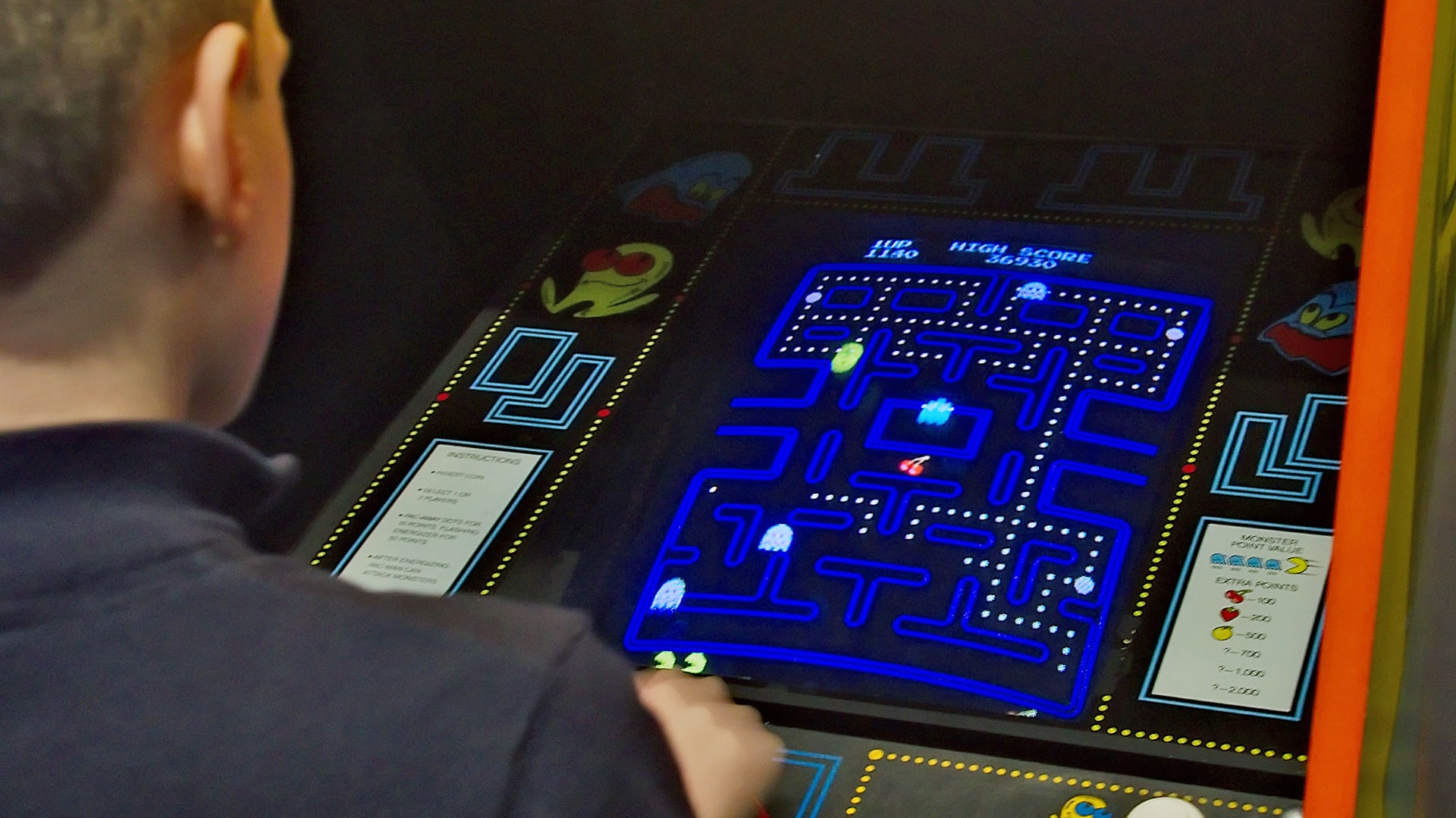When Pac-Man debuted in arcades back in 1980, it brought an innovative experience to the gaming universe. During an era dominated by video games centered around cosmic conflicts and shooting tactics, this unique maze-based chase game stood out distinctly. Featuring vibrant colors, a straightforward concept, and memorable sound effects, Pac-Man turned into more than merely a game — it transformed into a cultural icon that made a significant mark on entertainment, design, and technology.
Developed by Toru Iwatani and released by Namco, Pac-Man was initially intended to appeal to a wider audience — particularly women — in a male-dominated gaming environment. Rather than emphasizing aggression or combat, the game revolved around evading ghosts and collecting dots, introducing a lighter, more strategic form of gameplay. This fresh approach paid off. Arcades were soon buzzing with people of all ages, captivated by the charming yellow character and the relentless pursuit through mazes.
Pac-Man’s worldwide triumph was unmatched. In just one year after its debut, the game was bringing in millions of dollars and igniting widespread enthusiasm for arcade machines across the globe. It wasn’t solely the captivating gameplay that attracted individuals — it was the overall experience. The unique character design, memorable tune, and ghost adversaries (each with their own distinct behavior) made Pac-Man immediately identifiable, even beyond gaming communities.
What distinguished Pac-Man was not solely its success in sales, but its capability to leave a lasting impact. It opened doors for games centered on characters, shaping the future of design and storytelling in gaming. Pac-Man emerged as one of the initial digital symbols, featuring on various merchandise, in TV series, and even influencing the music scene. This wide-reaching attraction signified a significant change, demonstrating that video games could integrate into popular culture.
The game’s mechanics also brought in ideas that would later become essential in game design. The implementation of behaviors resembling AI in the ghosts was pioneering. Every ghost had its unique tactics, giving the game a lively and unexpected nature. Gamers could understand and adjust to these patterns, building abilities as they played, which contributed complexity to what seemed like a straightforward arcade game.
Beyond entertainment, Pac-Man’s influence extended into psychology, sociology, and marketing. The game’s success demonstrated how interactive media could engage users on emotional and cognitive levels. It also showed how design decisions — from color schemes to sound design — could deeply impact user experience. Many principles first demonstrated in Pac-Man’s interface are now studied in user experience (UX) research and applied across digital platforms.
Pac-Man didn’t just make video games more accessible — it also helped to validate them. During a time when gaming was perceived as a specialized interest, the wide-reaching popularity of Pac-Man contributed to normalizing the concept of playing games in communal areas. Families, pairs, and friends would gather around arcade machines, connecting over shared tactics and top scores. This communal aspect hinted at the future development of social gaming years later.
As advancements in technology occurred, Pac-Man underwent transformations too. The character found new life in follow-up games, 3D explorations, and applications for mobile devices. Although these updates brought changes, the classic version still holds a legendary status. Its design has lasted through the years, attracting newer audiences to its allure. Whether enjoyed on an old-school arcade machine or a modern mobile display, the gameplay continues to captivate users, providing both a sense of nostalgia and an engaging challenge.
Pac-Man’s simplicity is part of its brilliance. Without complex narratives or photorealistic graphics, it captures attention and encourages persistence. It represents an era when gameplay itself was the star, and when innovation was measured by creativity, not just hardware. That spirit continues to inspire developers, artists, and entrepreneurs across industries.
Over forty years since it first appeared, Pac-Man continues to leave a lasting mark. It played a crucial role in the growth of gaming as an international sector, influenced the design aesthetics of interactive experiences, and demonstrated that a game could transcend mere entertainment to become a cultural emblem. Originating in a Tokyo arcade, it now holds a position in museums and pop culture analyses, standing as an enduring symbol in the ever-evolving digital landscape.

